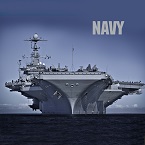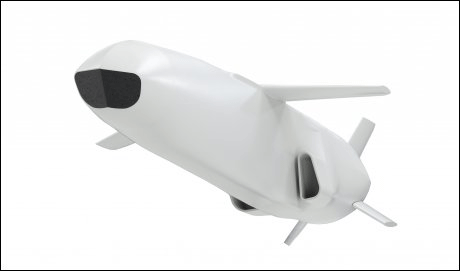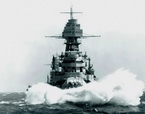AlmightyTallest
Posts: 279
Joined: 2/25/2014
Status: offline

|
Regarding the LRASM, looks like it's getting fast tracked.
http://www.militaryaerospace.com/articles/2014/03/lrasm-antiship-missile.html
quote:
ARLINGTON, Va., 18 March 2014. A U.S. military research program to develop an advanced anti-ship missile to replace the ageing Harpoon missile is nearing the end of its demonstration phase, and the program to develop and deploy the Long Range Anti-Ship Missile (LRASM) should switch over to the U.S. Navy by early 2016.
Officials of the U.S. Defense Advanced Research Projects Agency (DARPA) in Arlington, Va., announced plans Friday to award a two-year $175 million follow-on contract to the Lockheed Martin Corp. Missiles and Fire Control segment in Orlando, Fla., which has been developing LRASM for the last five years.
That's getting close to a quarter of a billion dollars to develop it further.
quote:
LRASM will rely on on-board targeting systems to acquire the target independently without the presence of prior, precision intelligence, or supporting services like Global Positioning Satellite navigation and data-links. The missile will be designed with advanced counter-countermeasures to evade hostile active defense systems.
The missile is being designed to fire from the Mk 41 Vertical Launch System on Navy surface warships, as well as from the U.S. Air Force B-1B Lancer supersonic bomber, and from the Navy F/A-18E/F Super Hornet carrier-based fighter-bomber. Submarine-launched versions are under consideration.
quote:
The upcoming LRASM follow-on research contract from DARPA will mature LRASM systems and technology. The planned research and development effort will complete the LRASM demonstration program, and has several components.
First, Lockheed Martin will continue developing the LRASM long-range targeting sensor, as well as the long-range sensor algorithms and software for advanced LRASM capability against specific high-priority targets in densely spaced groups of surface ships.
Then company missile experts will work on the LRASM missile-control unit to optimize processor throughput margin and address hardware obsolescence. Lockheed Martin also will refine the LRASM electro-optical terminal target sensor hardware software to demonstrate the missile's ability in poor visibility.
After that, Lockheed Martin engineers will work on missile autonomy, and mature LRASM situational awareness software. Finally, company experts will refine the LRASM's weapon data link to meet U.S. Navy requirements.
quote:
The Lockheed Martin LRASM has a 1,000-pound penetrator and blast-fragmentation warhead, multi-mode sensor, weapon data link, and enhanced digital anti-jam global positioning system to detect and destroy selected surface targets within groups of ships.
quote:
The DARPA LRASM contract is in response to a gap in Navy anti-ship missile technology identified in 2008. The standard Navy anti-ship missile is the subsonic Harpoon, which has been in the inventory since 1977.
Seems like a one weapons fits all package, Suface, submarine, air-launched with a pretty advanced missile going high subsonic.
Thinking more about the RCS of the JASSM and LRASM, look at the photos of it.


This is the current look of the LRASM


That black diamond near the tip is most likely the Thermal IR seeker, sharply angled to reduce RCS, as well as the other lines around it.
Now point that nose directly at you, coming in at 30 feet above the waves, as if you were the ship target. Those sharp angular lines in the front really seem to be set up for deflecting radar away from the central tip of the missile. Even from the side profile, you can see the slant of the fuselage angled from the bottom and narrowing toward the top, if radar hit it from the side aspect, most would probably be deflected skyward in such a situation, not including any RAM materials and other black project hocus pocus they decided to put into it.
And check out the angles on the exhaust to reduce IR signature.
One more photo of the test LRASM being set up with B-1, side profile, very steep angles on the nose section, maximized RCS reduction from the frontal aspect.
.jpg)

Given the world situation recently, I would not be surprised if the testing was accelerated, since the system has some proven components from JASSM-ER.
< Message edited by AlmightyTallest -- 3/19/2014 4:38:58 PM >
|
 Printable Version
Printable Version








 Russia strong!!!!!11
Russia strong!!!!!11





.jpg)








 New Messages
New Messages No New Messages
No New Messages Hot Topic w/ New Messages
Hot Topic w/ New Messages Hot Topic w/o New Messages
Hot Topic w/o New Messages Locked w/ New Messages
Locked w/ New Messages Locked w/o New Messages
Locked w/o New Messages Post New Thread
Post New Thread